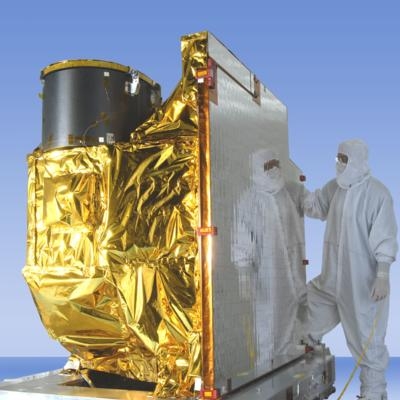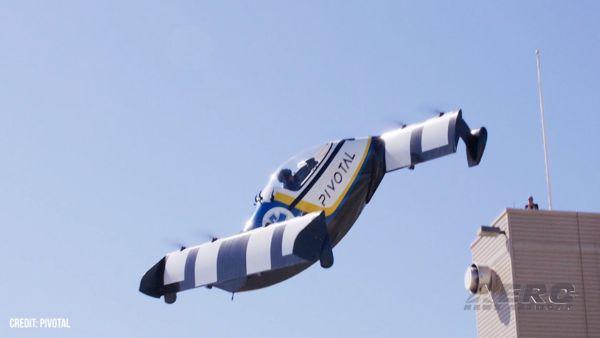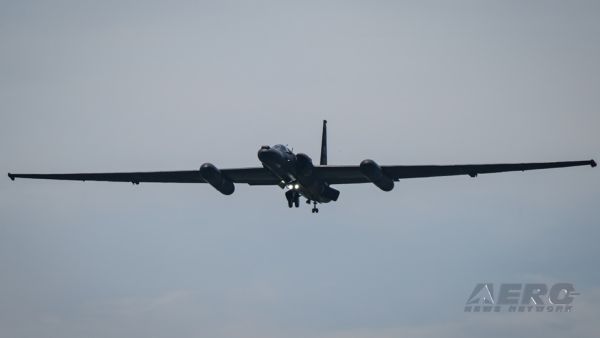Wed, Nov 16, 2016
Advertisement
More News
 Classic Aero-TV: EVAS Raises Awareness on Cockpit Smoke
Classic Aero-TV: EVAS Raises Awareness on Cockpit Smoke
From 2024 (YouTube Edition): Hosts Smoke Demonstrator at 2024 NBAA-BACE Display For nearly 30 years, the Emergency Vision Assurance System (EVAS) has been working to raise awarenes>[...]
 NTSB Prelim: Cessna 172S
NTSB Prelim: Cessna 172S
The Airplane Collided With Trees And Impacted Terrain On July 13, 2025, about 1106 Pacific daylight time, a Cessna 172S, N787LF, was substantially damaged when it was involved in a>[...]
 Aero-News: Quote of the Day (08.10.25)
Aero-News: Quote of the Day (08.10.25)
“We at EAA had a close connection to him for decades, as he first met EAA founder Paul Poberezny in their mutual hometown of Milwaukee. Jim was a regular visitor to Oshkosh f>[...]
 ANN's Daily Aero-Linx (08.10.25)
ANN's Daily Aero-Linx (08.10.25)
Aero Linx: Space Medicine Association (SMA) The Space Medicine Branch was founded in 1951 as the first constituent organization of the Aerospace Medical Association (AsMA). The ass>[...]
 ANN's Daily Aero-Term (08.10.25): Nonapproach Control Tower
ANN's Daily Aero-Term (08.10.25): Nonapproach Control Tower
Nonapproach Control Tower Authorizes aircraft to land or takeoff at the airport controlled by the tower or to transit the Class D airspace. The primary function of a nonapproach co>[...]
blog comments powered by Disqus





